7 gardening tasks you should do in February for a bountiful spring
There’s plenty to do now for a better growing season
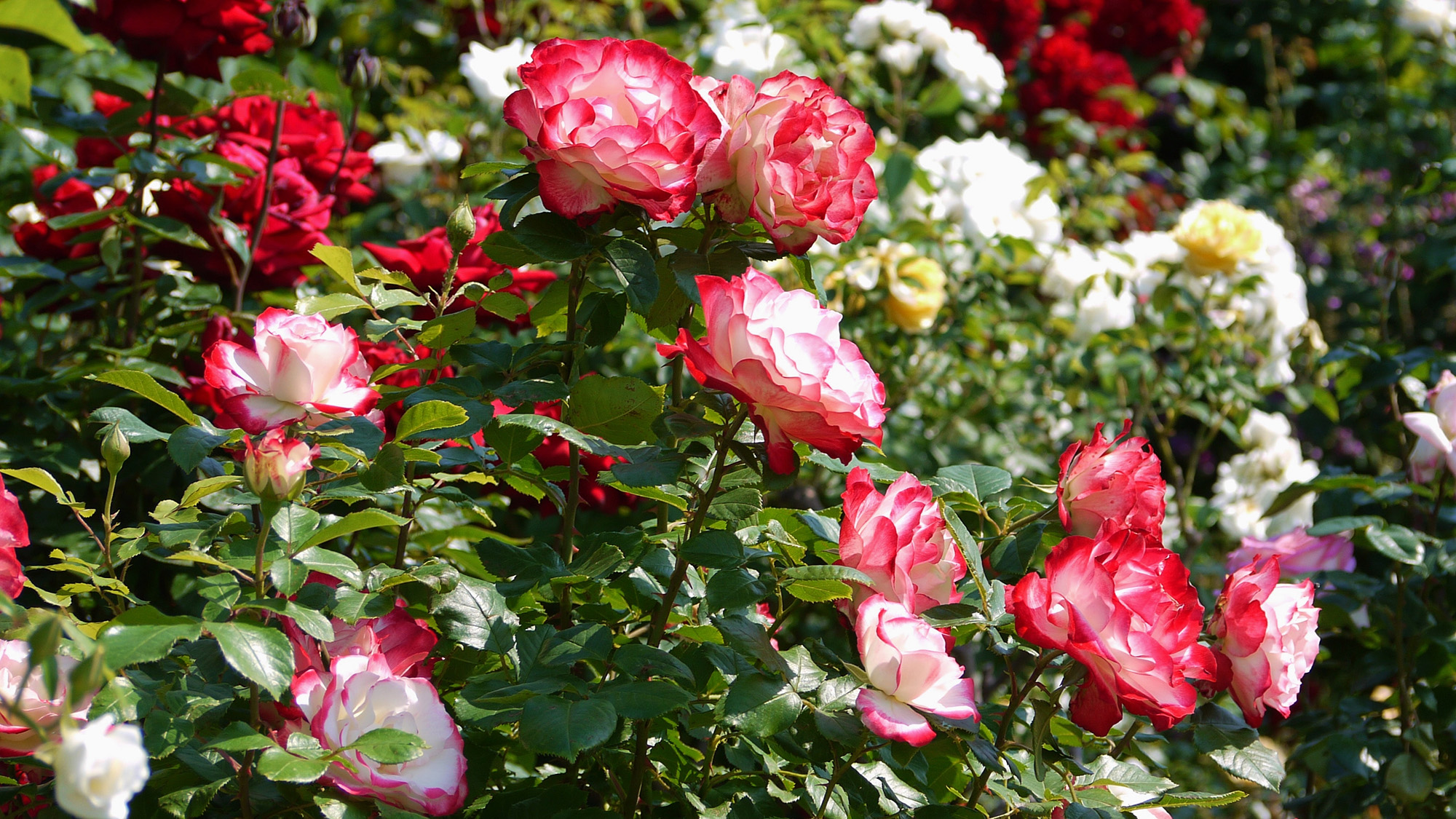
The winter season allows us all to enjoy a slower pace, but that doesn’t mean pausing on yard work altogether. In fact, the month of February is a great time to start getting the garden into shape ahead of more busy activity in the spring.
Many of your plants will be preparing to bud and grow, which means now is a good opportunity to lay the foundations for a healthy growing season. You may also notice that your garden equipment has fallen into disrepair or collected dust during the months of little use. By acting to remedy this now, you ensure you’re ready for more thorough gardening around the corner.
The following tasks are not the most glamorous or exciting parts of yard maintenance. Still, they play a key role in the annual care of your plants. Take the time to get these chores done and you’ll be rewarded with happier, healthier plants and a more stress-free spring.
1. Sort out your seeds
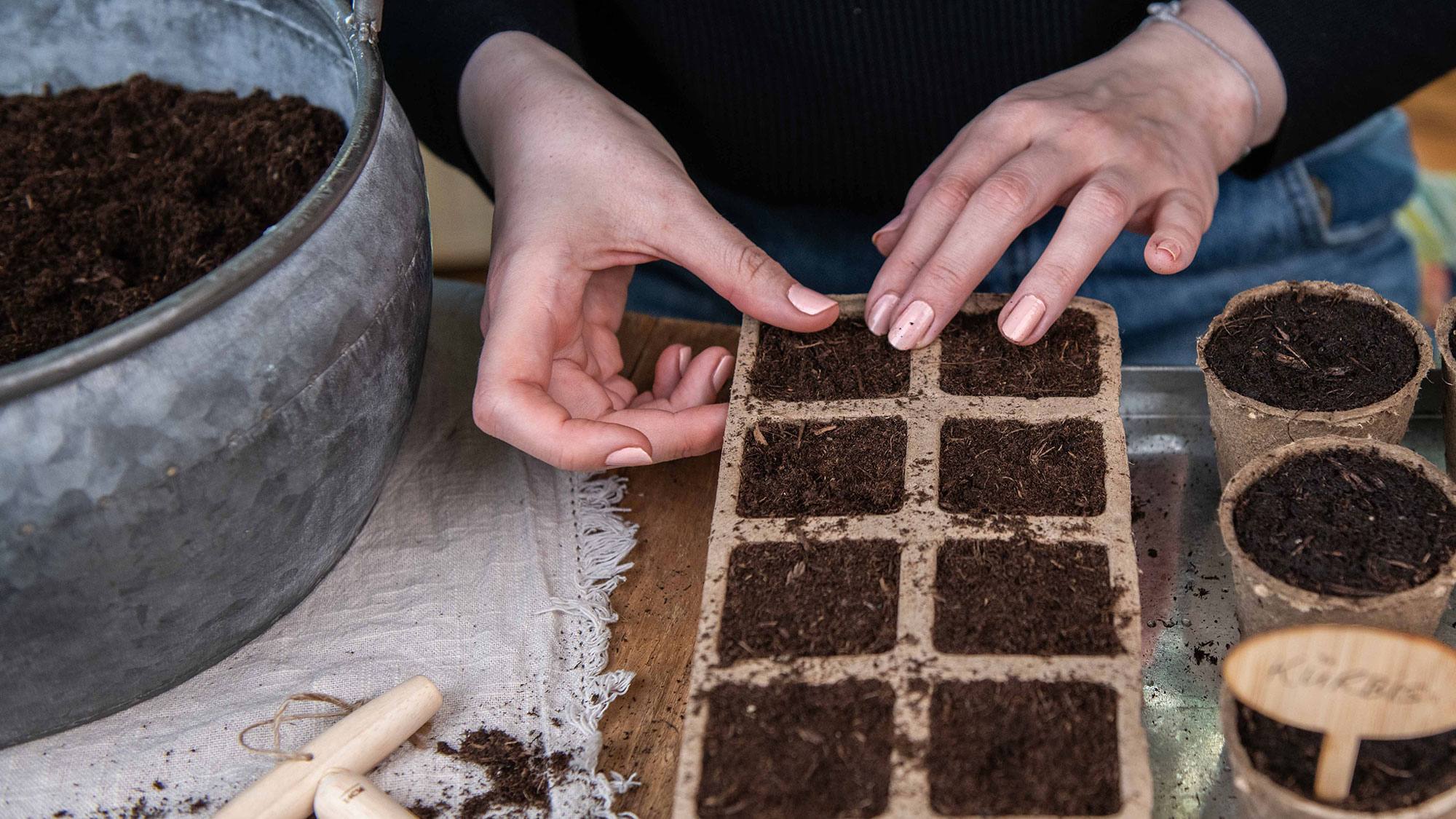
Although you won’t be planting most of your seeds just yet, February is a good opportunity to get organized. This is when you might be planning out your spring planting, so you want to be sure you have all the relevant supplies. Especially if you’re opting to grow some rare or difficult species this year, getting your seeds stocked earlier will ensure you’re not running around trying to find available seeds at the last minute. If you’re low on seeds altogether, use this time to source new ones for March and April.
If you have some leftover from last year, now is the time to test for viability. Many seeds can survive a dormant year, but not all of them will have made it through the winter. To check if your seeds are still viable, simply sprinkle a few seeds onto a piece of damp paper towel, leave in a warm place inside and wait to see if they germinate. If they do, you can plant the rest of the supply this spring. If they don’t, you’ll probably need to restock — good thing it’s only February!
2. Select branches for forcing indoors
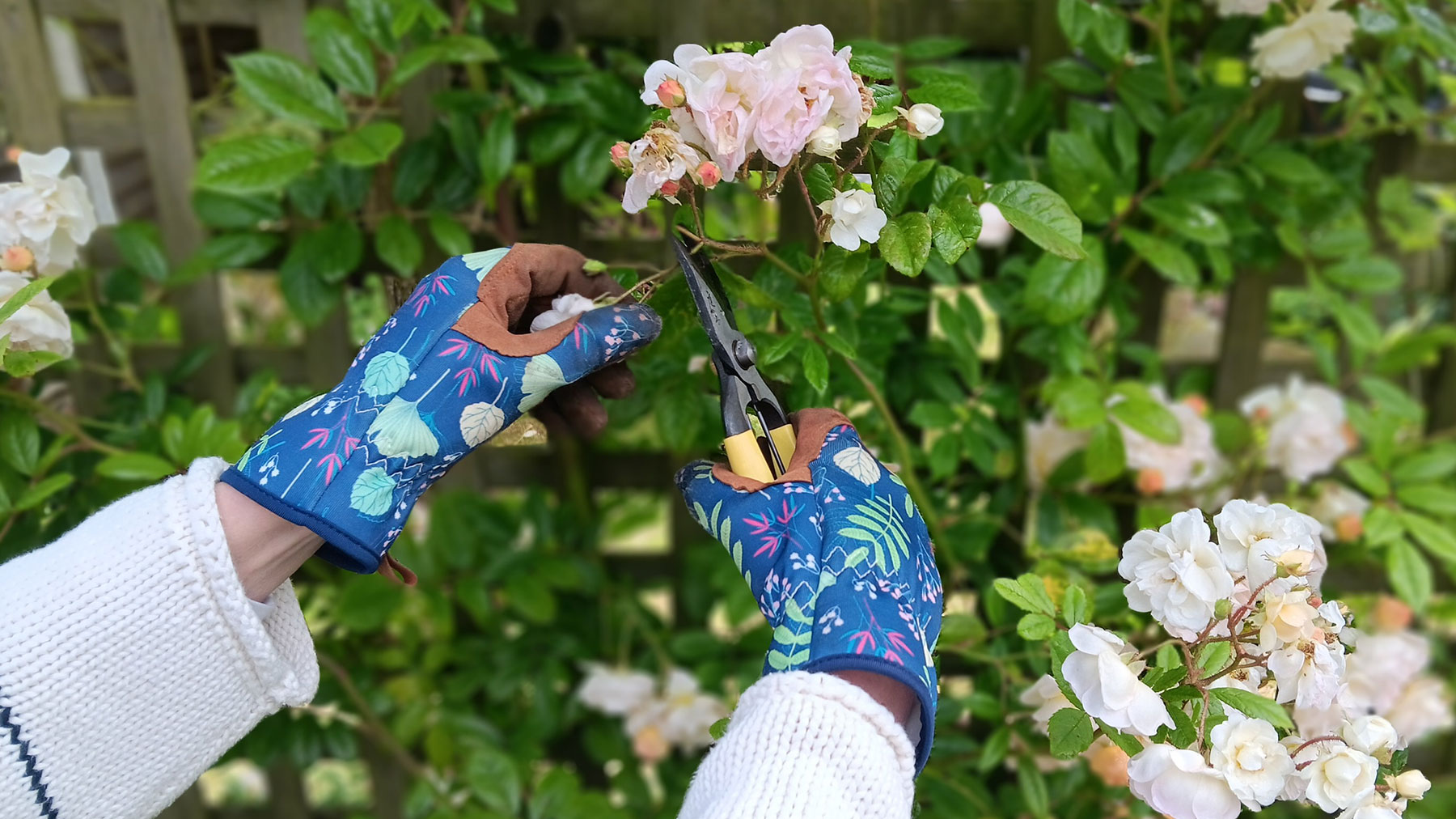
Forcing is the practice of getting a plant to grow and flower outside of its natural growing season. You can do this with many plants at different times of the year, but February is a prime time to force spring-flowering trees and shrubs, and you'll need some particularly accurate pruning shears to make the most of each plant. Ideal candidates for some late-winter blooms include forsythia, flowering quince and pussywillow, but check to make sure they have come out of their winter dormancy before you get to work; you want these plants to have already begun to bud before you remove them and take them indoors.
To force, select branches with rounder, plumper buds that are more likely to contain flowers (as opposed to leaves). Gently remove from the rest of the plant with sharp, clean cuts – aim for about a foot or two in length. Try not to remove too many branches from a single plant and spread out your clipping, so that the remaining shape is still balanced and attractive.
Sign up to get the BEST of Tom's Guide direct to your inbox.
Get instant access to breaking news, the hottest reviews, great deals and helpful tips.
Place the branches in a tall container of water, in a cool indoor location (60 - 65 degrees Fahrenheit), and change out the water on a daily basis during the forcing period. Mist regularly to keep buds hydrated. When flowers begin to appear, you can move the branches to a sunnier location, but remember that cooler temperatures will help to extend the blooming period.
These high-quality, Swiss-made pruners have a hardened steel blade capable of cutting 0.8 inches of material. The smooth, red handle is ergonomically designed to provide comfort while cutting. These pruners are ideal for medium-sized hands.
3. Repair your gardening tools
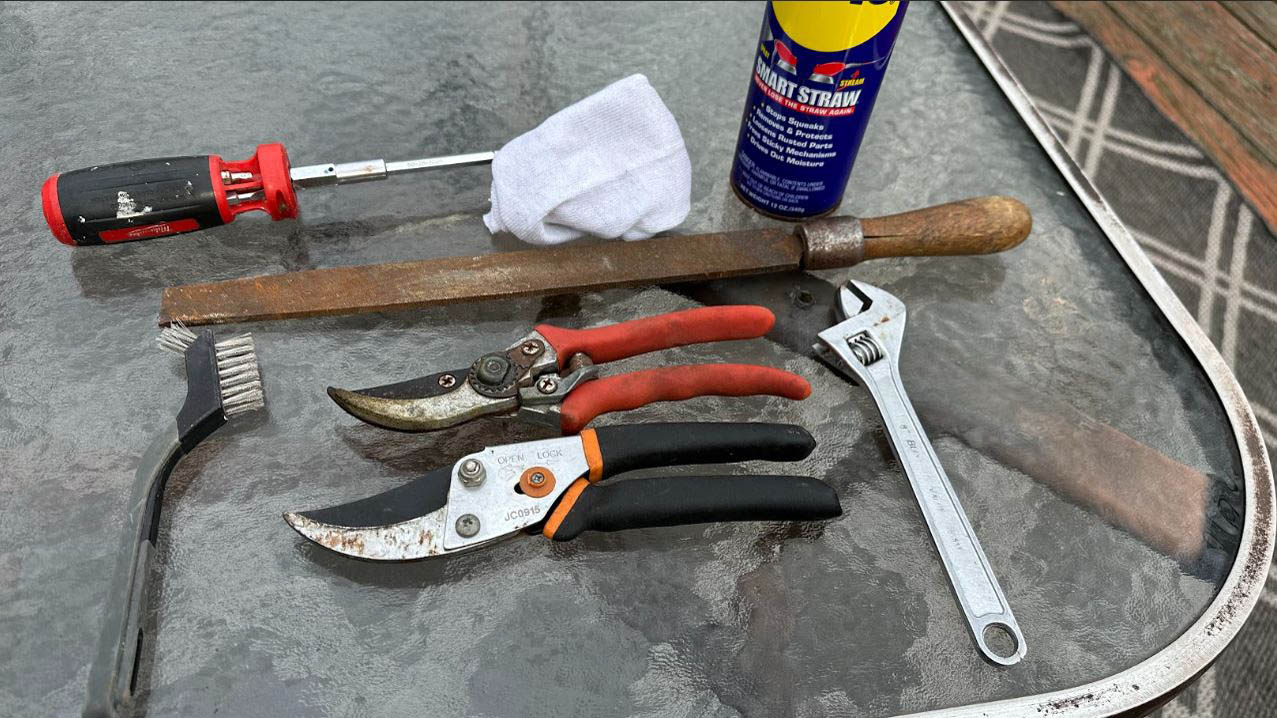
The downtime over the past few months has probably left your gardening tools to sit around unused. Depending on how and where they are stored, these tools can become damaged or dirty from exposure to grime and moisture, and learning how to sharpen pruning shears at home will save you money in the long run. Instead of discovering a blunt pair of shears right when you need them, use some of this slower period to do a review of your tools and make any necessary repairs.
Clean, sharp tools are crucial for inflicting minimal damage on your plants and protecting them from disease, so it’s worth spending the extra time now to get them in shape. Take a moment to also inspect larger equipment, like a lawn mower.
You may also want to wipe down any containers or pots that have grown crusty or dirty over the winter, before you use them for spring planting. A simple solution of vinegar, bleach and warm water should be sufficient to remove any unsightly marks from the exterior. While you could do this task earlier in the winter, that leaves more time for grime to build up again, making February the perfect window of opportunity.
4. Prune where necessary
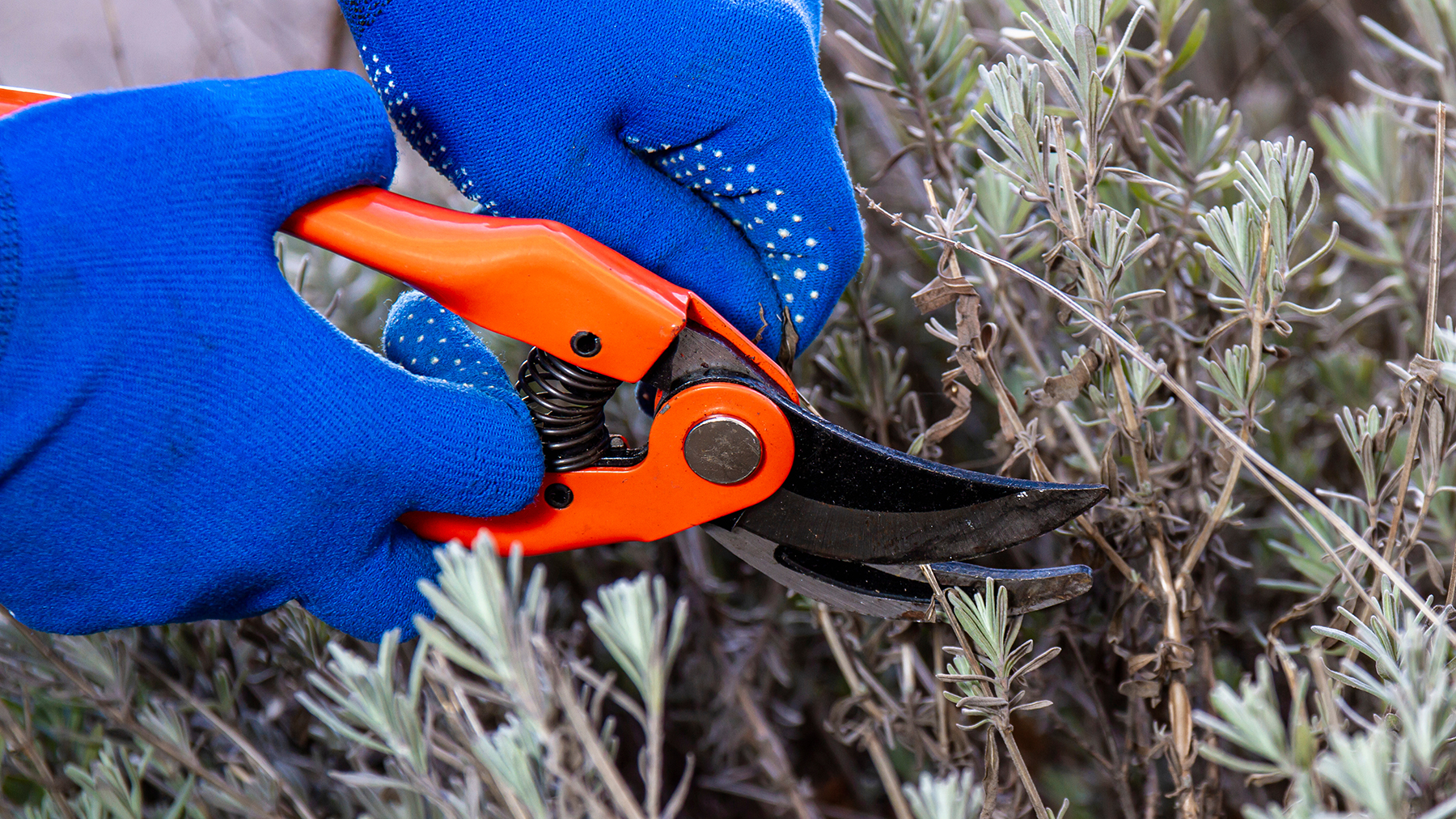
Not all plants need to be pruned annually and even fewer need to be pruned in late winter, but for a few plants now is the best time to get clipping. As a general rule, avoid any springtime plants that will be beginning to bud and focus your attention on summer-flowering species that have yet to begin growing. This ensures you don’t remove any potential blooms and miss out on some extra flowering. If you do accidentally cut off some buds, don’t worry: the plant will be okay, you will just see fewer blooms that year.
When pruning, use sharp, clean shears and target dying, dead or diseased branches before moving onto shaping. You might also want to use pruning as a way to clear up dense patches, so that branches can receive better airflow (and look better). If in doubt, prune less rather than more; you can always come back another day, but over-pruning can put a plant into stress. If a plant is a quick-growing variety, you might want to cut it back substantially to allow for greater, healthier growth in the spring. Other plants benefit from just a minor trim, to maintain shape and health. It really is a case by case basis, but some plants that are great to prune in February include clematis and butterfly bushes.
5. Address any frost damage
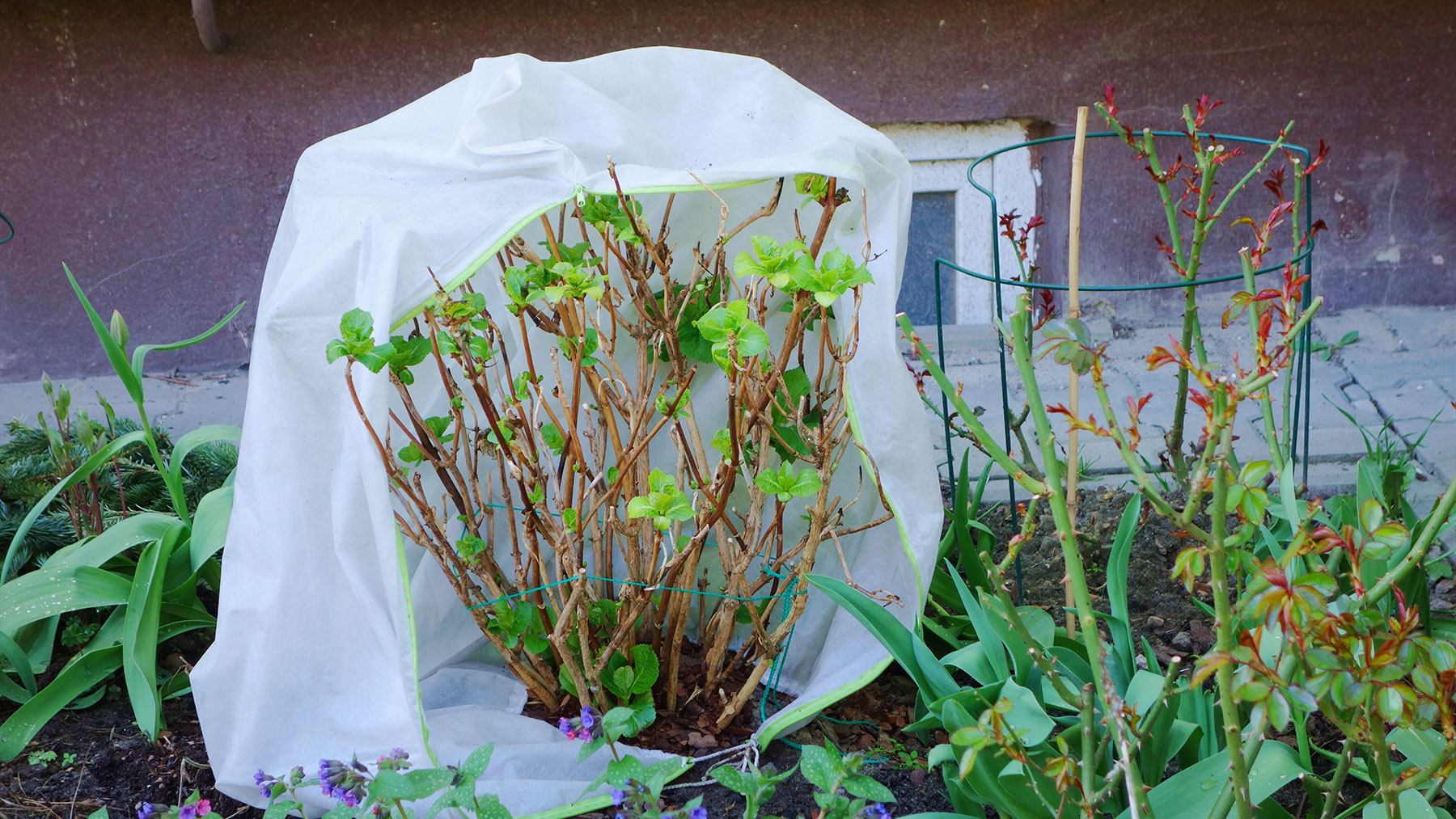
Harsh winter weather can do some damage to the garden, so now is a good time to assess how the garden is looking and address any wear and tear that has occurred. This is particularly important in the case of frost heave, which occurs when the soil expands and contracts as its water content freezes and melts. This motion can force roots and bulbs out of their original position, sometimes even out of the soil altogether. If you applied a layer of mulch in early winter to help insulate the plants, the damage should be minimal – but you’ll still want to remedy this as soon as you can.
In February, the snow cover should be lighter or gone altogether, meaning you should be able to see if any plants have been pushed out of the earth due to frost heave. If they have, take the time to gently push the roots back into the earth and reapply mulch in a protective layer. Some of this movement may be subtle, so be sure to check for any unexpected root exposure and cover accordingly.
6. Don't forget your houseplants
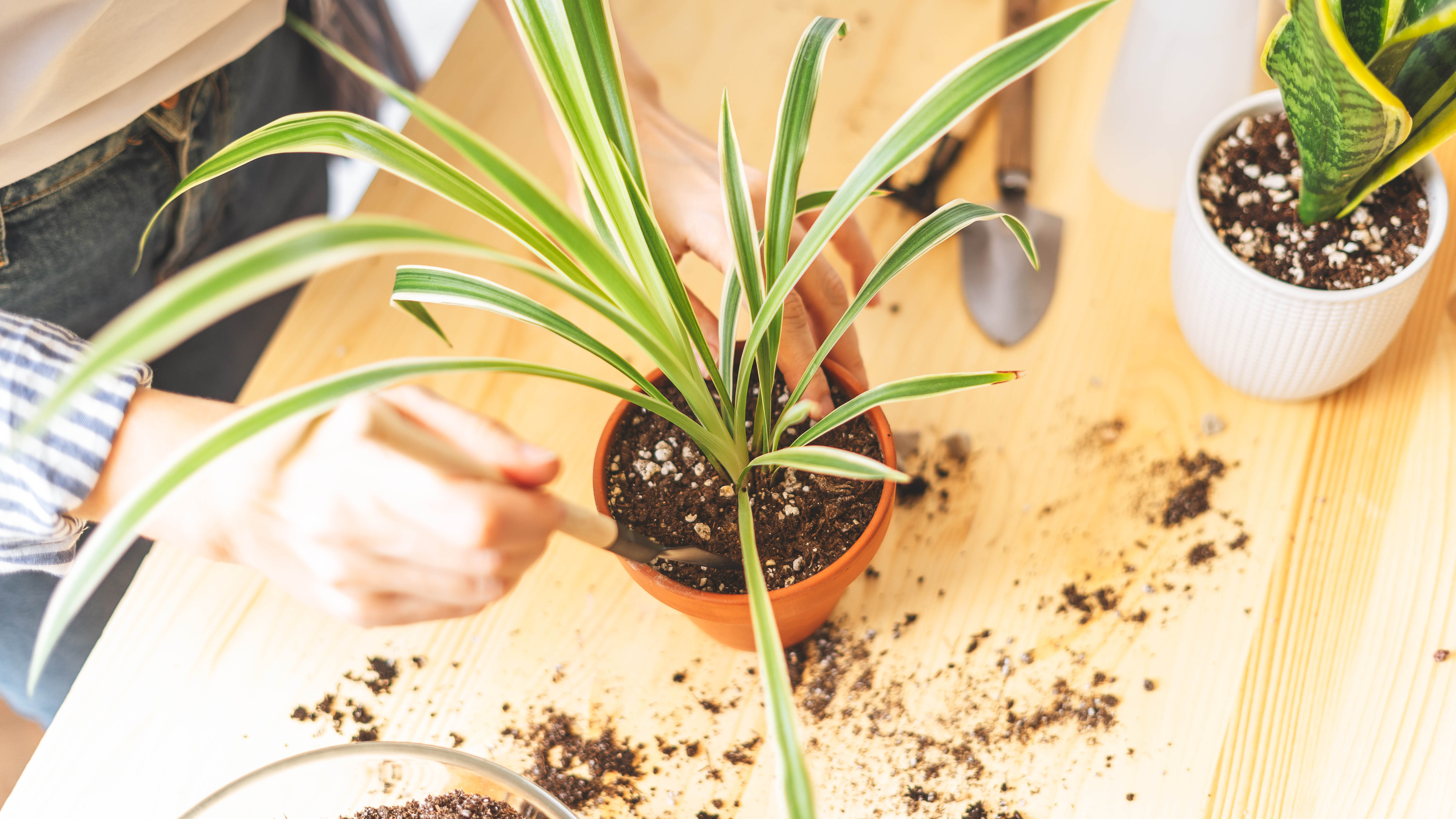
Houseplants aren’t exposed to the worst of the winter elements, but they still need their care to adapt with the seasons. Indoor winter conditions tend to be cooler overall than the summer, but also dryer due to increased heating. This is also a time when the plants are resting, not growing, so they don’t need the same supply of nutrients. As such, now is a good time to avoid any fertilizing, but you may want to begin increasing your watering schedule to combat the dryer conditions.
Now is also a great time to repot your houseplants into larger containers, ahead of their growing period in the spring. February is also a prime time for houseplants to attract pests, so keep an eye out for any potential infections or infestations and act quickly, as this is often the deciding factor in whether a plant will recover or not.
7. Prepare for birds to return
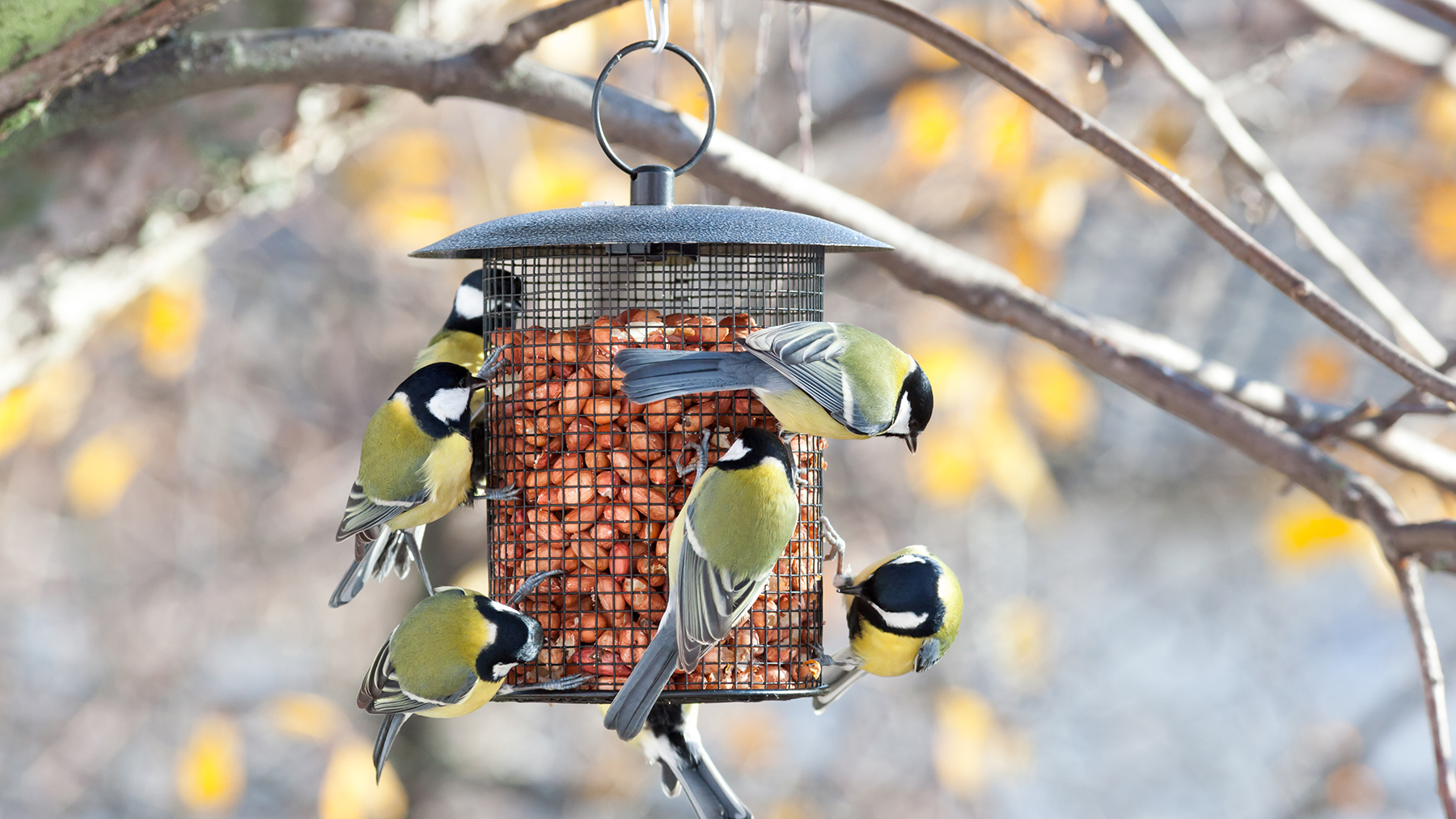
The winter is not just quiet for plant life, but for all kinds of birds and animals that use the cold weather to migrate or hibernate. In preparation for their return to your area, use February to start getting any bird accessories in order. Any feeders should be cleaned thoroughly before you refill them with seed mixes; you may want to use a bleach solution to really get in there.
Suet blends are particularly popular this time of year, so consider switching your choice of seeds to better feed your visitors. Bird boxes should be cleaned and maintained, such as tightening any loose screws and supplying some nearby material for bedding. If you had problems with predators in previous seasons, now is a good time to install a guard or baffle to better protect bird guests. Birdbaths should be cleaned and refilled with water as well.
More from Tom's Guide
Madeleine Streets is a writer and content manager based in New York City. She covers an eclectic mix of lifestyle, technology, finance and health and has been published in Tom's Guide, Women's Wear Daily, SELF, Observer, Footwear News and others. Originally from London, Madeleine has a penchant for tea, baking and moody weather. When she’s not writing, you can find her exploring the city’s bookstores, hunting down new restaurants, fostering cats and cheering on Arsenal FC.
You must confirm your public display name before commenting
Please logout and then login again, you will then be prompted to enter your display name.

